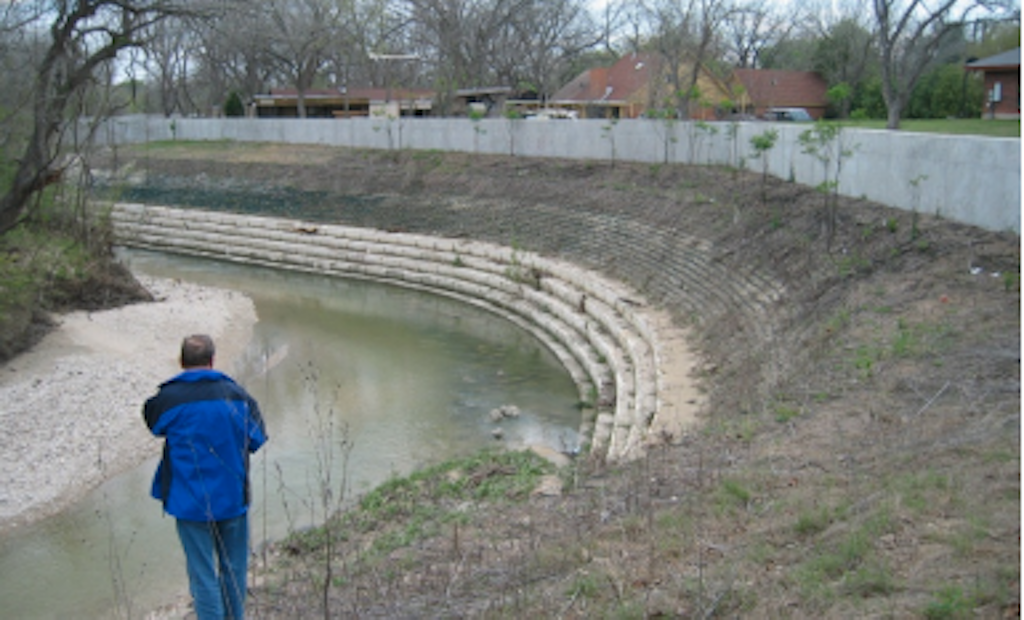
While much of Texas was overwhelmed by torrential rains over the Memorial Day weekend of 2015, residents of an Austin subdivision were spared thanks to a flood mitigation project completed in 2004.
Before the project, more than 175 homes in the Crystal Brook subdivision were...





